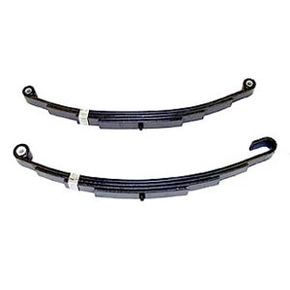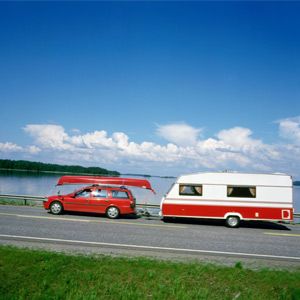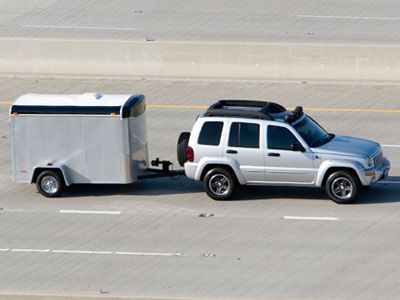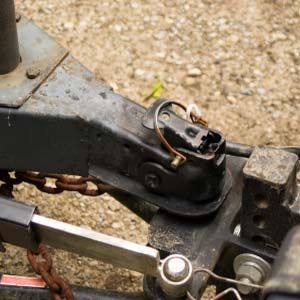Before you start your towing trip, it's a good idea to go over a brief checklist -- for safety's sake. You take a good look in your mirrors, adjusting them correctly in order to see passing traffic on the road. You've chosen the correct hitch and connected the towing vehicle to the trailer properly. The brake lights and braking systems are working synchronously, assuring you of the ride's legality. With everything loaded up, you're pretty confident the truck is ready for the job, so you head out on the road toward your destination. Once you reach a steady speed, however, the trailer behind your truck starts to bounce and sway a little more than it should. Pulling over to the side of the road, you rack your brains to figure out what you missed. You start to wonder if your cargo weight is maybe too high -- but what can you do about it?
In this situation, if there's too much cargo weighing down a towed vehicle, causing everything to rock and sway, the issue may be with the suspension. If a truck's suspension is too rigid, its wheels will often leave the pavement after hitting bumps; a good suspension, on the other hand, keeps the wheels on the ground as much as possible. Many towers use leaf springs to stabilize their towed load and to keep their cargo grounded.
Advertisement
Although you may not ever have heard about or even noticed leaf springs on larger tow vehicles, the technology has been around for centuries and is one of the earliest forms of suspension. Even Leonardo da Vinci used leaf springs in his diagram for a self-propelled car. But how do they work? Are there different types of leaf springs? And how do you install them onto a vehicle?





